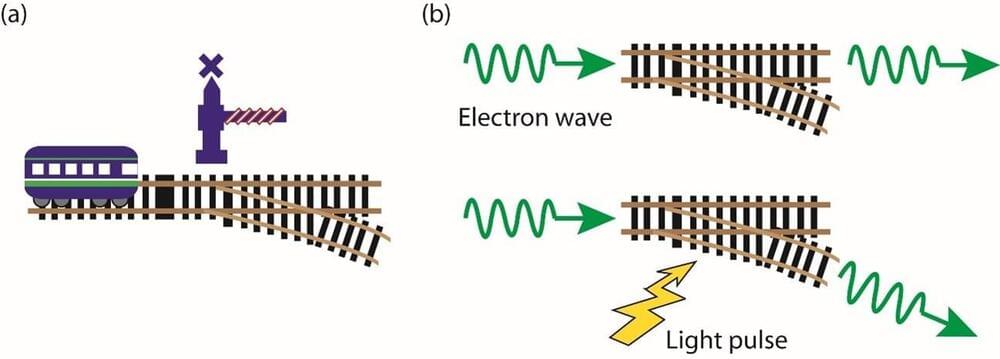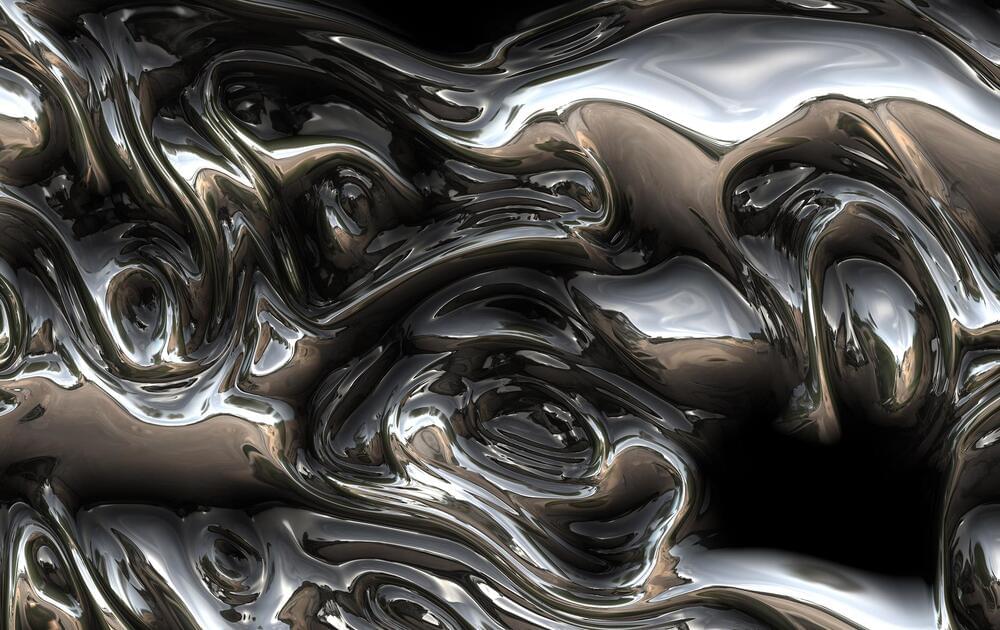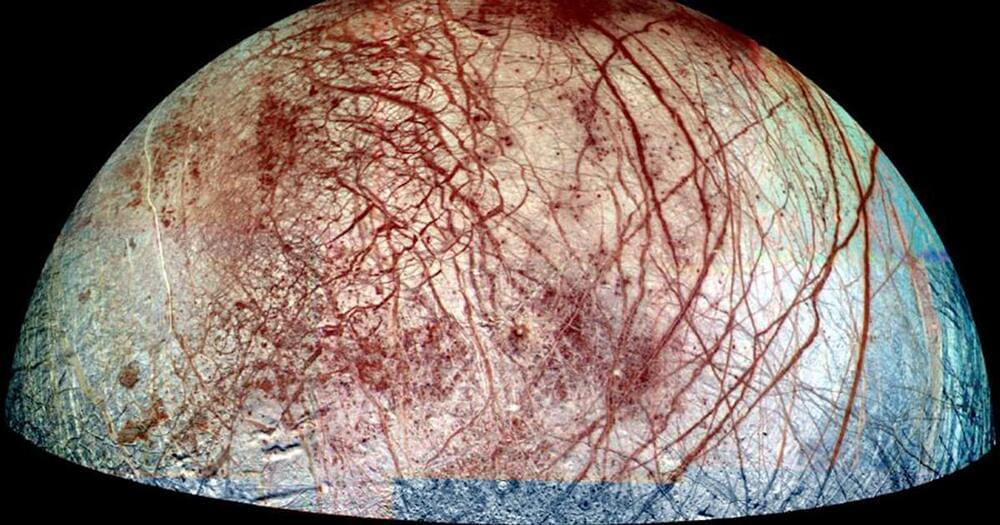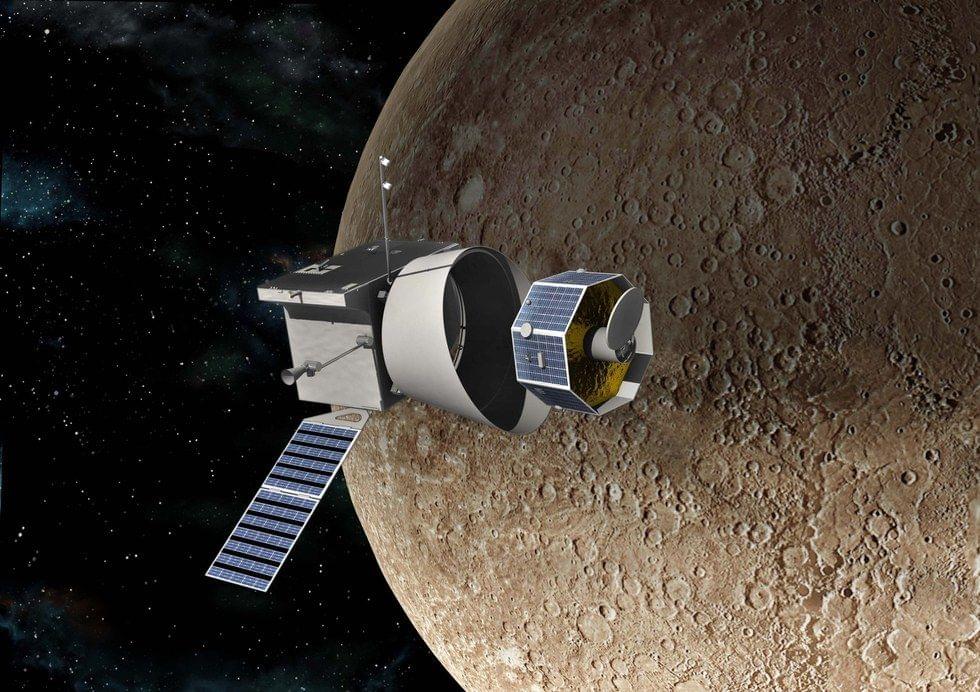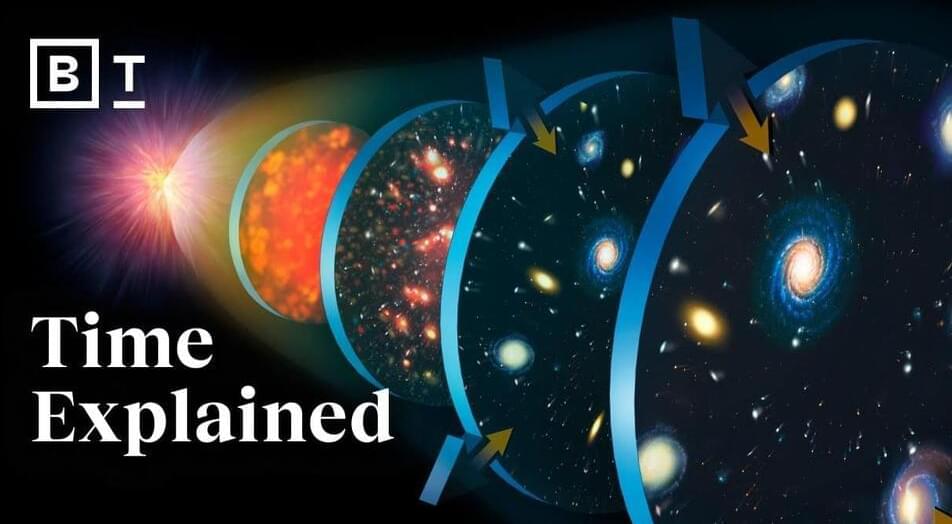Researchers took a closer look at the molecular structure of tinder fingus, a bell-shaped fungus that grows on trees — and they’ve found “ingeniously lightweight biological designs.”
Researchers from the Korea Electrotechnology Research Institute (KERI) and the Ulsan National Institute of Science and Technology (UNIST) have created “core technology” for 3D printed smart contact lenses building on low-power monochrome displays and demonstrated its functionalities for augmented reality tools such as live navigation. The team’s research has been published in Advanced Science.
“Our achievement is a development of 3D printing technology that can print functional micro-patterns on a non-(planar) substrate that can commercialize advanced smart contact lenses to implement AR (Augmented Reality),” said Seol Seung-Kwon, Ph.D., of the team’s work. “It will greatly contribute to the miniaturization and versatility of AR devices.”
For the first time, an international team of researchers, including those from the University of Tokyo’s Institute for Solid State Physics, has demonstrated a switch, analogous to a transistor, made from a single molecule called fullerene.
By using a carefully tuned laser pulse, the researchers are able to use fullerene to switch the path of an incoming electron in a predictable way. This switching process can be three to six orders of magnitude faster than switches in microchips, depending on the laser pulses used. Fullerene switches in a network could produce a computer beyond what is possible with electronic transistors, and they could also lead to unprecedented levels of resolution in microscopic imaging devices.
More than 70 years ago, physicists discovered that molecules emit electrons in the presence of electric fields, and later on, in certain wavelengths of light. The electron emissions created patterns that enticed curiosity but eluded explanation. This has changed thanks to a new theoretical analysis, the ramification of which could not only lead to new high-tech applications, but also improve our ability to scrutinize the physical world itself.
Lignin is arguably the most abundant component of biomass that most people have never heard of. That may be about to change.
Many people are familiar with its biochemical cousin cellulose, a byproduct of paper and wood milling. But the same processes produce 50 million tons of lignin annually, industry experts estimate. Once distilled, 98 percent of the inky liquid is burned to produce electricity.
Scientists have been working to find more efficient and sustainable approaches to transform this naturally occurring polymer for use as a cleaner and greener building block to develop next generation materials.
Scientists continue to make intriguing breakthroughs that could help reshape our lives. This time, a group of scientists managed to create a shape-shifting liquid metal that can transition between the solid and liquid state. The new liquid is reminiscent of the liquid shapeshifting seen in 1991’s Terminator 2, and the scientists even tested it by having it escape a cage.
The scientists published a paper on the new shape-shifting liquid in the journal Matter. In it, they discuss how they created the metal and the rigorous tests they put it through. For the most part, the scientists created the liquid in the form of small robots, which they were then able to shift between solid and liquid states to jump, climb, and – as noted above – even ooze out of a cage to freedom.
The scientists utilized magnetic fields to control the shape and movements of the shape-shifting liquid metal robots. The hope is that by using magnets to help move and control the shapeshifting of the robots, the scientists will be able to utilize the liquid metal in both biomedical and engineering technologies, things like targeted drug delivery and circuit assembly.
Europa had features that astronomers couldn’t previously quite figure out.
Europa had red stripe features that astronomers couldn’t previously quite figure out. But it ends up it may be an unusual form of brine and fodder for future studies.
Jevtic/iStock.
However, a drop in demand about 20 years ago led to the farmers setting the pigs free, and now, they are estimated to be heading to Montana, North Dakota, Minnesota, and Michigan.
Gustavo Raskosky/Rice University.
Thus, engineered wood has emerged as a sustainable and environmentally friendly alternative to traditional building materials. However, this wood is prone to warping and deterioration of structural integrity, diminishing its life span.
BepiColombo will be only the second mission in history to orbit Mercury, the scorched rocky planet close to the sun.
How the Big Bang gave us time, explained by theoretical physicist Sean Carroll.
Up next, The Universe in 90 minutes: Time, free will, God, & more ► https://youtu.be/tM4sLmt1Ui8
In this Big Think interview, theoretical physicist Sean Carroll discusses the concept of time and the mysteries surrounding its properties. He notes that while we use the word “time” frequently in everyday language, the real puzzles arise when we consider the properties of time, such as the past, present, and future, and the fact that we can affect the future but not the past.
Carroll also discusses the concept of entropy, which is a measure of how disorganized or random a system is, and the second law of thermodynamics, which states that there is a natural tendency for things in the universe to go from a state of low entropy to high entropy. He explains that the arrow of time, or the perceived difference between the past and the future, arises due to the influence of the Big Bang and the fact that the universe began in a state of low entropy.
Carroll also touches on the possibility of time travel and the concept of the multiverse.
Read the video transcript ► https://bigthink.com/series/explain-it-like-im-smart/the-Big-Bang-gave-us-time.


